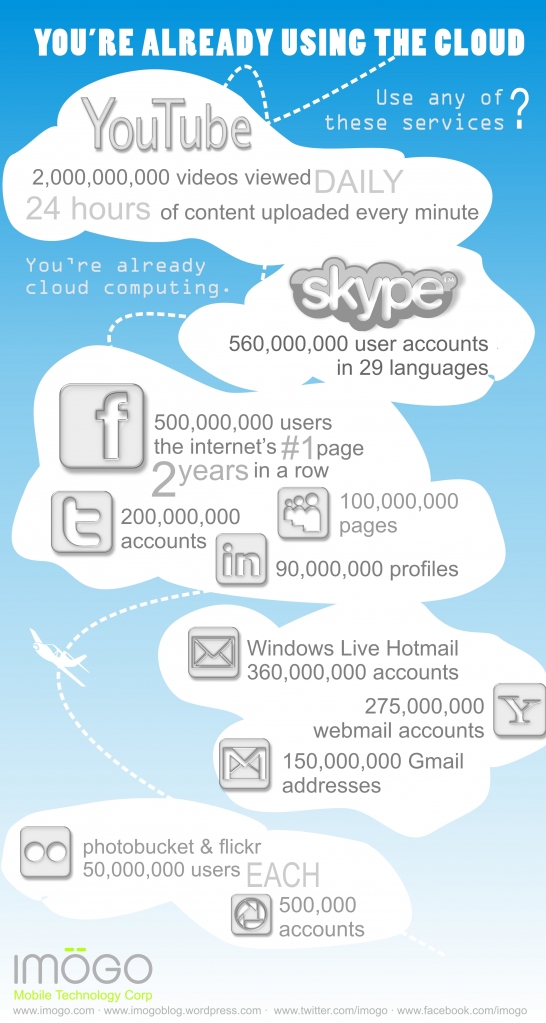Developed by a team with extensive experience within the Legal IT sector, Bundledocs utilises the benefits of cloud computing to help teams easily create court bundles. For any of those new to Bundledocs software, we have created a blog post to detail what bundledocs is and how it can help your firm. So let’s get down to basics!
What does Bundledocs do?
Bundledocs allows you to swiftly and easily compile document bundles for a number of purposes including court bundles, deal bibles and report books. The bundles are automatically formatted, an index is generated, sections are populated and the completed document is paginated.
How?
Simply logon, create your case, copy the files you want included, organise the order of your files, create sections if needed and then simply generate. An e-mail inviting you to download your completed pdf e-bundle will be sent to you on completion. Adding, deleting or modifying now becomes easy. Simply, make your changes (e.g. you may wish to add files to your bundle), click re-generate and the index, order and page numbers are automatically updated to reflect these changes and again an up-to-date copy is immediately made available to you.
There is no need to install any software. It is available anywhere (once you have internet access) and at any time. Pick up your completed e-bundle on your pc, laptop, iPad or even a smart phone. E-Mail your completed e-bundle to a colleague, third-party or third-parties. You even have the added option of inviting a third party to “pick up” your generated e-bundle (this is ideal for large e-bundles where e-mail might not be an option).
Summary
In summary, multiple documents of different types are converted into a single PDF that is fully indexed, ordered (with multiple sections if needed) and the relevant page number superimposed on each page. Navigation is easy as every document in your bundle is bookmarked. It is simple to grasp, simple to use, very intuitive and most importantly a huge time saver in any legal office.


